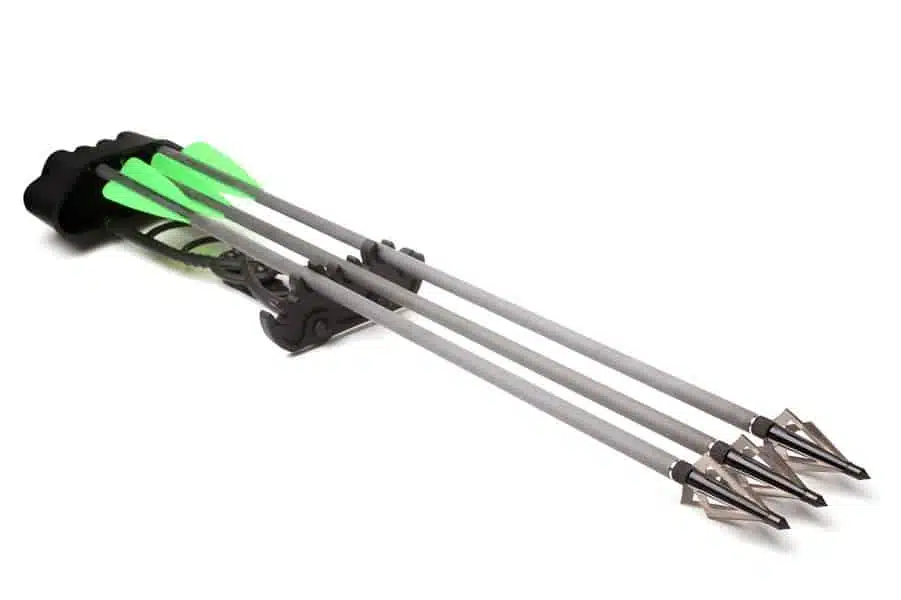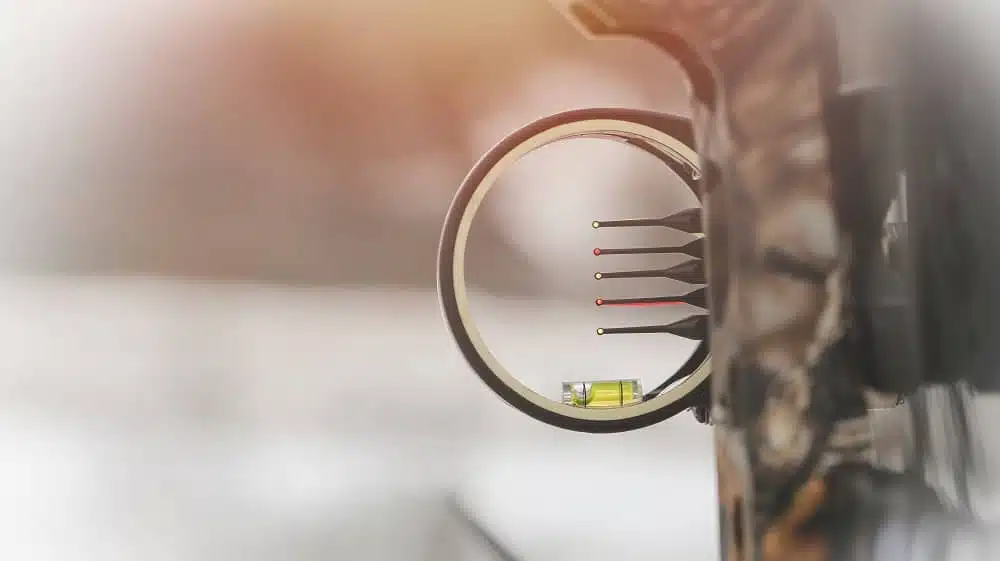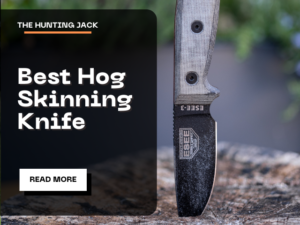Compound bows are notoriously hard to maintain and most people avoid them for that single reason. Hunting with one is often deemed risky because it will put a lot of pressure on the bow and will also expose it to nature’s elements. Still, there are some compound bow maintenance tips that you can do in order to prevent your bow from performing poorly. In this article, we will go through all of the things that you need to do before the early season as well as some that you should make a habit of and do occasionally throughout the whole year.
If you’re on the market for a bow and don’t know where to start looking from, I suggest checking out my guide on some of the best beginner compound bows on today’s market. Now, let’s dive straight into this!
My 10 Bow Maintenance Tips
While early and late-season shooting can have their own sets of difficulties, most of my tips here will be geared towards early-season hunting and general maintenance. Here is the list of all the maintenance procedures that we will discuss:
- Inspect the bowstrings on a regular basis
- Waxing the bowstrings
- Inspect your arrows
- Avoid dry fire
- Keep your cams synchronized
- Keep the bow protected when you take it on a hunt
- Check the bow’s rest and sight
- Make a habit of inspecting the bow
- Occasionally visit a professional
- Store the bow properly
Inspect the bowstrings on a regular basis
As an engine is to a car, the bowstring is to the bow. It’s the driving force and without proper maintenance it can malfunction and make the bow less accurate and reliable. Inspecting the bowstring can be as simple as running your fingers through it before you take the bow out for hunting. Hairs are easily removed by wax but strands are a sign that the bowstring needs to be replaced. Sometimes the damage to the bowstring can be more difficult to detect than that. Still, try a few shots (with arrows loaded) and see if there are any strange vibrations or sounds during the actual shot. Granted, those can come from another part such as the limbs or cams but the bowstring may also be the culprit behind it.
Waxing the bowstrings
The easiest thing you can do to keep your bowstring happy is wax it regularly. Typically, I recommend waxing your bowstrings every week. That part of the bow is particularly durable, so don’t worry about it snapping if you forget to wax it one time. In fact, don’t worry about it snapping at all.
One tell-tale sign that your bowstring needs waxing is when it has hairs sticking out of it. This is the normal wear-and-tear sign and it typically occurs after periods of heavy use. If you use your bow on a daily basis, it wouldn’t hurt to apply wax every other day. As I mentioned earlier, hair sticking out is one thing but if you start seeing whole separate strands sticking out, then it is time to swap the bowstring for a new one!
Inspect your arrows

The arrows of your bow are something you should always look at. Apart from choosing the right weight and spine for them, you should also check them thoroughly. The parts that you should inspect include:
- The nocks
- The fletching
- The broadhead (or field points)
Nocks shouldn’t be loose at all and are the most crucial part of your check. A loose nock can make your arrow fly either left or right depending on which leg of the nock is loose. The fletchings aren’t as crucial but can impact your accuracy if they aren’t in top condition. The broadheads and field points should be properly screwed.
Avoid dry fire
Dry fire is one of the most damaging things one can do to a compound bow. Typically, after a dry fire, compound bows are left permanently damaged. This is why you should always have an arrow nocked in place and inspect the bow thoroughly in case of a miss-nock or accidental dry fire. The cams, bowstring, and limbs of the bow are the parts that you should focus your attention on. If you can’t find the issue but the bow starts behaving differently after that, make sure you bring it to an expert for a full check-up.
One of the most common causes of dry fire is when you give your bow to friends or relatives for them to “test” it out without actually giving them an arrow to shoot. The energy that the bow generates will go straight into the bow’s body instead of the missing arrow and that can twist, damage, or even break the cams, axles, limbs, or bowstring. Earlier I mentioned that strings rarely break but during the dry fire, this is the most common issue that can occur.
Keep your cams synchronized
This tip is only valid for two-cam compound bows. The cams’ timing is crucial for the shot to happen smoothly and for the bow to operate normally. The easiest way to check if your bow’s cams are synchronized is to see if they reach their let-off points at the same time when you’re drawing. Ideally, they should both move like a mirror image of one another. The axles can also benefit from a bit of lubrication. Just make sure you use a good oil that doesn’t have cleaning agents in it. That will reduce the friction from your draw.
Keep the bow protected when you take it on a hunt
If you use your compound bow for hunting, then you should definitely invest in a compound bow hard case. Not only do those cases protect the bow when you take it on a hunt with you but they are also ideal for storing your bow in the off-season. A general rule of thumb in your case selection should be for the case to be as hard as possible. This is especially valid if you’re traveling abroad with it. Look for handles and zippers that will be easy to operate when you have your bowhunting gloves on. Additionally, look for features such as foam protection, multiple pockets, arrow holders, and more.
Check the bow’s rest and sight

The bow’s rest should work smoothly and shouldn’t get stuck at either position. This will ensure that the arrow will fly directly ahead instead of getting kicked in any direction. If you’re using a whisker biscuit, make sure that it doesn’t have any erosion marks, which are parts that get worn over time. Your bow sight should always be in tune and stably attached to your bow’s riser.
The same process is valid for all the rest of your compound bow’s components. Make sure that all the additional accessories are securely attached to the bow’s frame and nothing is loose. Check for any rattling sounds that are a tell-tale sign of loose parts. Rattling can also potentially scare a deer away, so be wary of those extra sounds.
Make a habit of inspecting the bow
One of the best things you can do maintenance-wise is to regularly check on your bow and its accessories. Most bowhunters and field archers I know check their bow every time they take it out of its case and sometimes even upon returning it back into it. This ensures that all of the components are working well and nothing is missed and left broken or malfunctioning.
Occasionally visit a professional
Even the best archers can sometimes miss a detail that can cause issues further down the road. Misaligned cams, bad bowstring, twisted axles or rizer, and many more issues can be hard to notice if you are a beginner or not paying attention. That is why you should take your bow to an expert at least once or twice a year. My advice is to bring it for its annual inspection before the hunting season starts.
Store the bow properly
As I mentioned earlier, storing your bow in its bow case is actually one of the best places for it. The case will keep humidity and heat to a minimum and will prevent any direct sunlight or dust to get in. Before putting it to rest, though, make sure you have cleaned it thoroughly from any dirt and debris. Also, make sure you wax your bowstring before your store it away for the off-season. While most people disassemble their compound bows before storing them, I generally do not recommend that unless you know you won’t be using your bow for more than a couple of months.
If you are set on storing your bow on a wall, make sure it is in a room that doesn’t have excess moisture or gets too warm. Moisture can warp the bow, stretch your bowstring, or even cause rust to the metal elements. Also, never hang a bow by its bowstring. Those rules are also valid for recurve and longbows.
One thing that is often overlooked is to avoid heat sources around your bow. Direct heat from a radiator or a fireplace can warp the bow’s solid components over time and render them useless. It can also decrease the lifespan of your bowstring and dry out the lubrication of the axles.
Now that we’ve gone through all the steps needed in order to take proper care of your bow, let’s discuss a few scenarios which will help you learn better when to take care of the bow.
When does a compound bow need maintenance?
This section of the article will serve more as a summary of the things we mentioned while adding a few more tips. In general, a compound bow needs maintenance when:
- The bowstring begins to have strands sticking out of it
- It hasn’t been stored properly for some time
- There are knocks and rattles coming out of it when you fire
- It hasn’t been taken to a bow technician for 12 months
- The rizer or limbs are warped
- The cams aren’t synchronized
- It has endured a dry-fire
- It has been dropped (from a tree stand, for example)
All of these will serve as a good point of reference when you aren’t sure whether to take your bow to the shop or not. In general, if you are a beginner or haven’t done any maintenance yourself, I really recommend visiting a bow technician in your area. From my experience, those people are knowledgeable and are always happy to help and teach you a few tips along the way.
Final Words
Learning how to shoot and hunt with your compound bow is always an exciting and dynamic process. Along the way, you will learn a lot about the bow and its components as well as how to read your surroundings and be more focused and precise. One thing you should always look to be better at, however, is compound bow maintenance. Not only will that potentially save you unnecessary drives to the local bow shop but it will also allow you to troubleshoot issues when you’re out in the field on your own.



